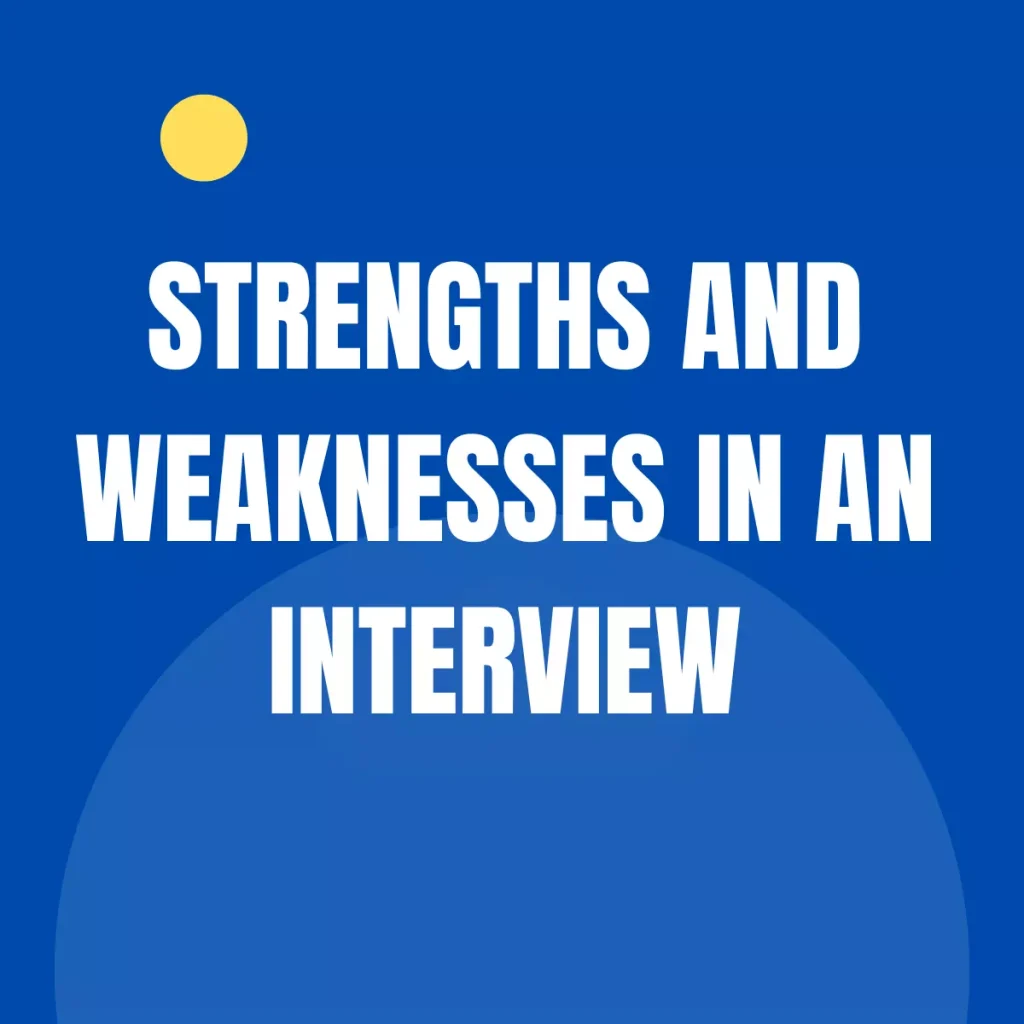Table of Contents
Introduction:
Your resume is an essential tool in showcasing your skills and experiences to potential employers. However, not every industry or career field has the same expectations when it comes to resume formatting. Whether you’re applying for a job in the creative industry, healthcare, finance, or any other field, it’s crucial to tailor your resume to match the requirements and expectations of that specific industry. In this blog post, we will explore how to format your resume for different career fields, including the dos and don’ts, and provide answers to frequently asked questions to help you create a standout resume.
10 FAQs about How to Format Your Resume for Different Career Fields:
1. Should I include a skills section on my resume?
Yes, including a skills section is beneficial for almost all career fields. However, the specific skills you highlight may vary depending on the industry. For example, in the tech industry, technical skills will be highly relevant, while in marketing, skills related to analytics and advertising may take precedence.
2. Is it necessary to include a professional summary or objective?
Including a professional summary or objective at the beginning of your resume can help employers understand your career goals and suitability for the role. However, for some industries like creative fields, a summary of qualifications or a portfolio may be more appropriate.
3. How should I format my education section?
The education section should typically be listed in reverse chronological order, with the most recent degree first. Include the name of the institution, the degree earned, and the graduation year. Additionally, you may include relevant coursework or academic achievements if they are highly relevant to the position you’re applying for.
4. Should I include a cover letter when submitting my resume?
A cover letter is generally recommended as it allows you to provide a more personalized introduction and expand on your qualifications. However, in some industries, such as the tech industry, a cover letter may not be explicitly required but can still set you apart.
5. How do I highlight my experience if I’m switching career fields?
If you’re changing career fields, focus on transferrable skills and experiences that align with the new industry. Emphasize any relevant projects, certifications, or volunteer work that demonstrate your ability to excel in the desired field.
6. What format should I save my resume in?
Saving your resume as a PDF is generally recommended to preserve its formatting across different devices and operating systems. However, some employers may specifically request a Word document, so it’s always a good idea to have both formats available.
7. Do I need to include references on my resume?
It’s not necessary to include references on your resume. Instead, create a separate document with a list of references and have it ready to provide when requested by the employer.
8. Should I use a specific font and font size?
Using a clean and professional font, such as Arial, Calibri, or Times New Roman, is generally recommended. Font size between 10 to 12 points is standard, ensuring your text is readable without appearing too small or too large.
9. How should I format my resume for creative industries?
In creative industries, you have more flexibility to showcase your design skills. Consider using a visually appealing layout, incorporating color, and including a portfolio or link to your creative work. But remember to maintain readability and ensure the design does not overshadow the content.
10. Are there any common mistakes to avoid when formatting a resume?
Avoid using excessive formatting, such as too many colors, fancy fonts, or unnecessary graphics. Additionally, do not exceed two pages unless you have extensive experience related to the field. Always proofread for typos and formatting errors, and make sure the document is well-organized and easy to follow.
Conclusion:
Formatting your resume according to the expectations of different career fields is essential for making a positive first impression on potential employers. By tailoring your resume to reflect the specific requirements and preferences of the industry you’re applying to, you increase your chances of standing out among other candidates. Remember to highlight relevant skills, experiences, and accomplishments while maintaining a clean and professional design. Resumes are not one-size-fits-all, so take the time to adapt and showcase your qualifications effectively. With these guidelines, you’ll be well on your way to crafting a winning resume in any career field.
BuildFreeResume.com has a consumer rating of 4.83 stars on Sitejabber




